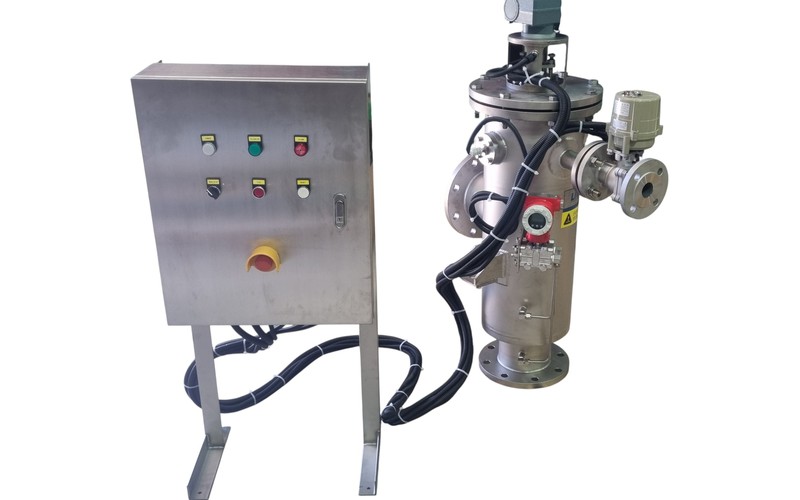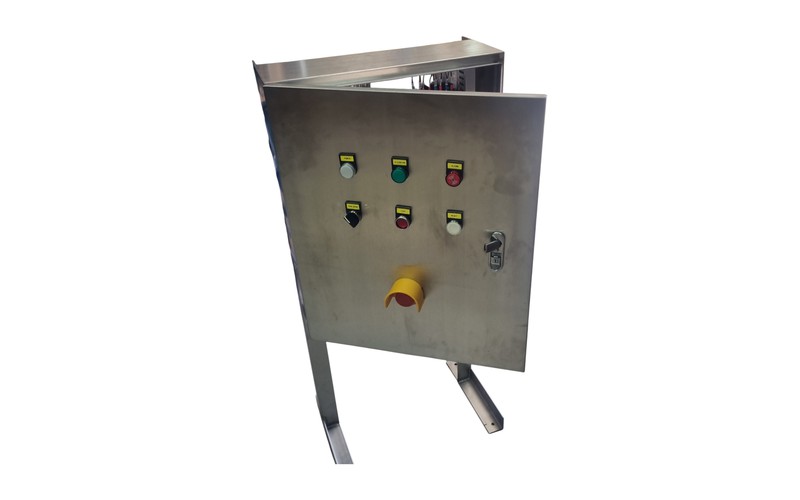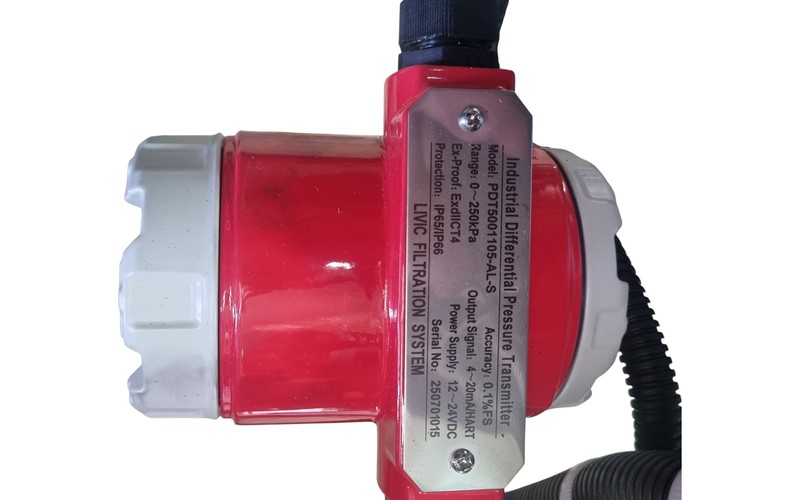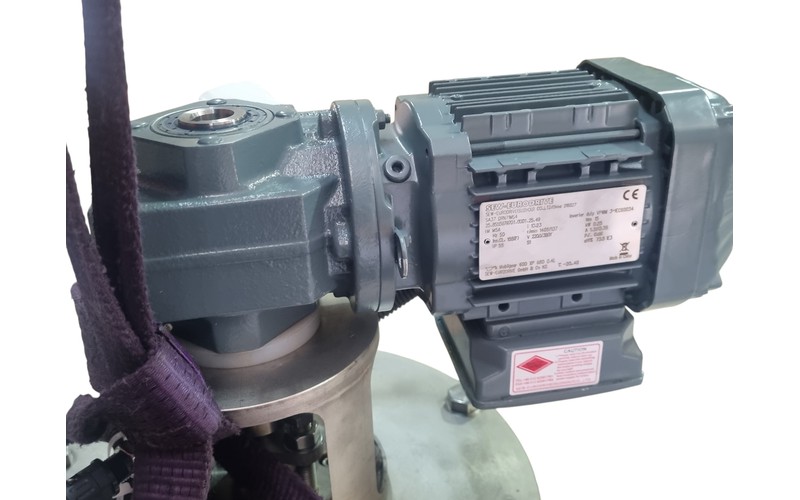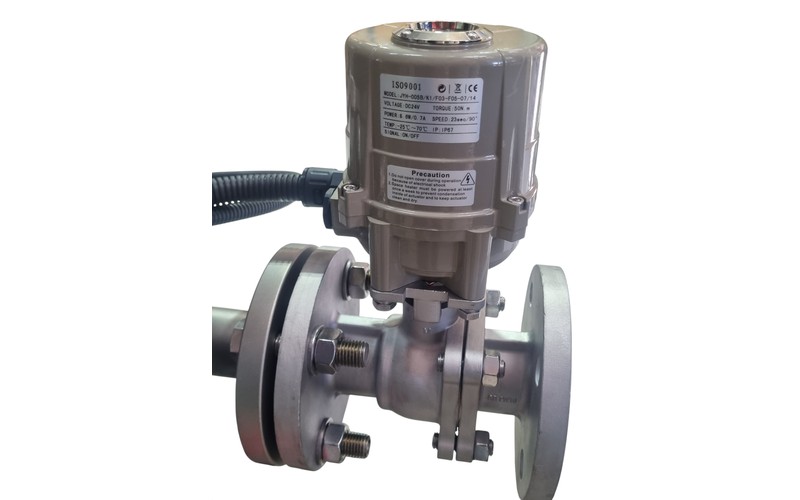AFE Series Bernoulli Self-Cleaning Filter (Motor-Driven)
HD Process supplies an AFE motor-driven Bernoulli self-cleaning filter for pressurised water systems. It provides automatic, contact-free back-flushing to remove suspended solids from raw, sea, river, lake, process and cooling water across a wide flow range.
How the Bernoulli cleaning works
When cleaning starts, a motor drives the disc toward the basket screen. Water accelerates through the small gap between disc and screen, lowering static pressure around the disc edge (Bernoulli effect). That local vacuum draws already-filtered water back through the screen, lifting particles off the surface and sending them out via the flushing valve—without rubbing the screen.
Core specifications
- Filtration degree: 150–2000 µm (slot screens standard; perforated screens ≥1000 µm on request)
- Flow range (per unit): approx. 30–6500 m³/h (size dependent)
- Typical cleaning ΔP: low, with brief back-flush events
- Connection sizes: DN65–DN800 (flanged; DIN/ANSI compatible)
- Design pressure options: common industrial ratings up to 2.5 MPa
- Design temperature: up to ~80 °C (material dependent)
- Materials: 304, 316L, Duplex 2205, Super Duplex 2507; coated carbon steel and GRP options
Port orientation during purging (to avoid hammer & poor flushing)
- Purge outlet direction: Take the flushing/purge connection horizontally off the body (or with a slight fall away from the filter). Avoid immediate upward risers that trap air.
- Keep the line flooded: Aim for the purge line to remain water-filled at rest; this improves the Bernoulli back-flush and reduces water hammer.
- Short & direct: Keep the purge pipe short, straight, and full-bore to the drain/receiver. Long, restrictive lines reduce purge velocity and cleaning quality.
- Maintain discharge differential: Ensure sufficient differential pressure from filter inlet to the purge discharge point so the flush has authority.
- Vertical installs: If the vessel is vertical, still orient the purge take-off side-horizontal, not upward.
- Valving: Fit an isolation valve and, where backflow is possible, a non-return valve on the purge line.
- DP take-offs: Place inlet and outlet DP tappings on straight runs and keep impulse lines short and air-free.
- Air bleed: Put any vent/bleed at the highest point of the housing to release air on start-up.

